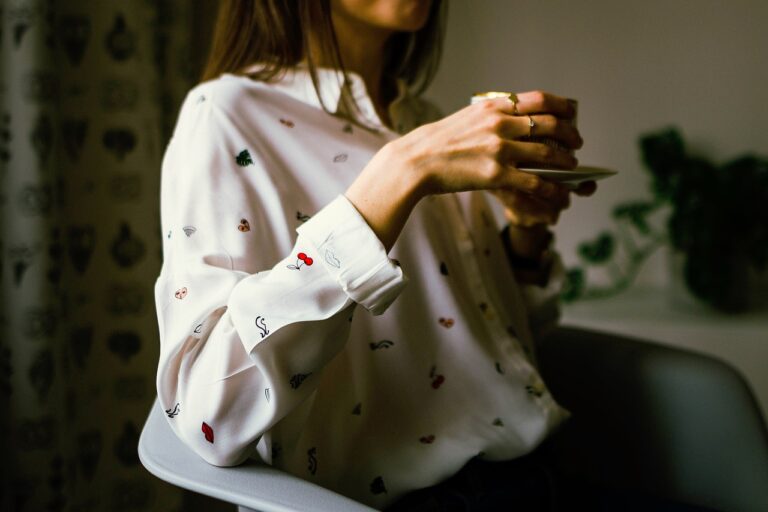Fashion and Culture: Clothing Traditions of Indigenous Peoples
Diverse and rich, the clothing traditions of Indigenous peoples are a reflection of their deep-rooted cultural heritage and strong connection to their land. Each garment and accessory carries with it a story of tradition, spirituality, and identity, passed down through generations.
With materials sourced from the natural world around them, such as animal hides, plant fibers, and feathers, Indigenous communities create clothing that is not just functional but also a form of artistic expression. The intricate designs, vibrant colors, and symbolic patterns woven into these garments serve as a visual representation of their beliefs, history, and social status within the community.
The Significance of Traditional Clothing in Indigenous Cultures
Traditional clothing holds a deep cultural significance among indigenous peoples around the world. It serves as a visual expression of history, beliefs, and values that have been passed down through generations. In many indigenous communities, the intricate designs, patterns, and colors of traditional clothing convey specific messages about identity, status, and cultural identity.
Moreover, traditional clothing plays a vital role in rituals, ceremonies, and everyday life within indigenous cultures. It is often worn during important events such as weddings, funerals, and festivals to honor ancestors, spirits, and the natural world. The act of wearing traditional clothing is not just about style or fashion, but a way of connecting with one’s roots and maintaining a sense of pride and belonging within the community.
Why is traditional clothing important in indigenous cultures?
Traditional clothing plays a vital role in preserving cultural heritage, showcasing identity, and connecting individuals to their ancestors and community.
How are traditional clothing designs passed down through generations?
Traditional clothing designs are typically passed down through oral tradition, teachings from elders, and hands-on training from experienced artisans within the community.
What materials are commonly used in traditional indigenous clothing?
The materials used in traditional indigenous clothing can vary greatly depending on the region and culture, but common materials include animal hides, plant fibers, feathers, beads, and shells.
How do traditional clothing designs reflect the environment and lifestyle of indigenous peoples?
Traditional clothing designs often reflect the natural environment and lifestyle of indigenous peoples, with patterns, colors, and materials chosen to provide protection, warmth, and camouflage for hunting or gathering.
Are there specific ceremonies or events where traditional clothing is worn in indigenous cultures?
Yes, traditional clothing is often worn during ceremonies, rituals, dances, and special events to honor ancestors, connect with the spiritual world, and celebrate cultural traditions within indigenous communities.





